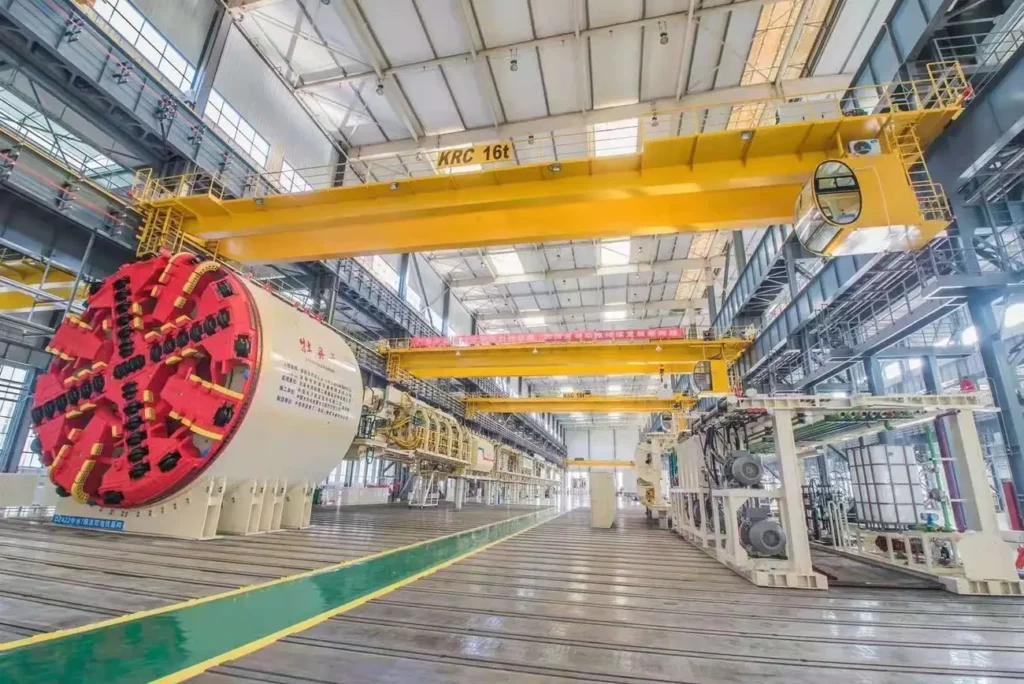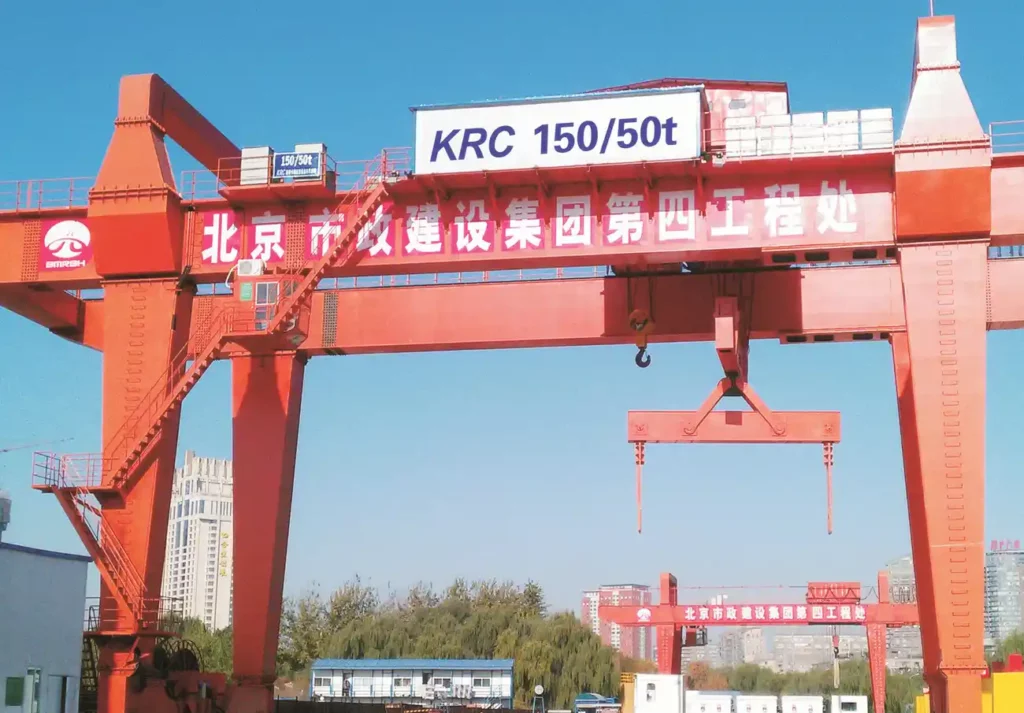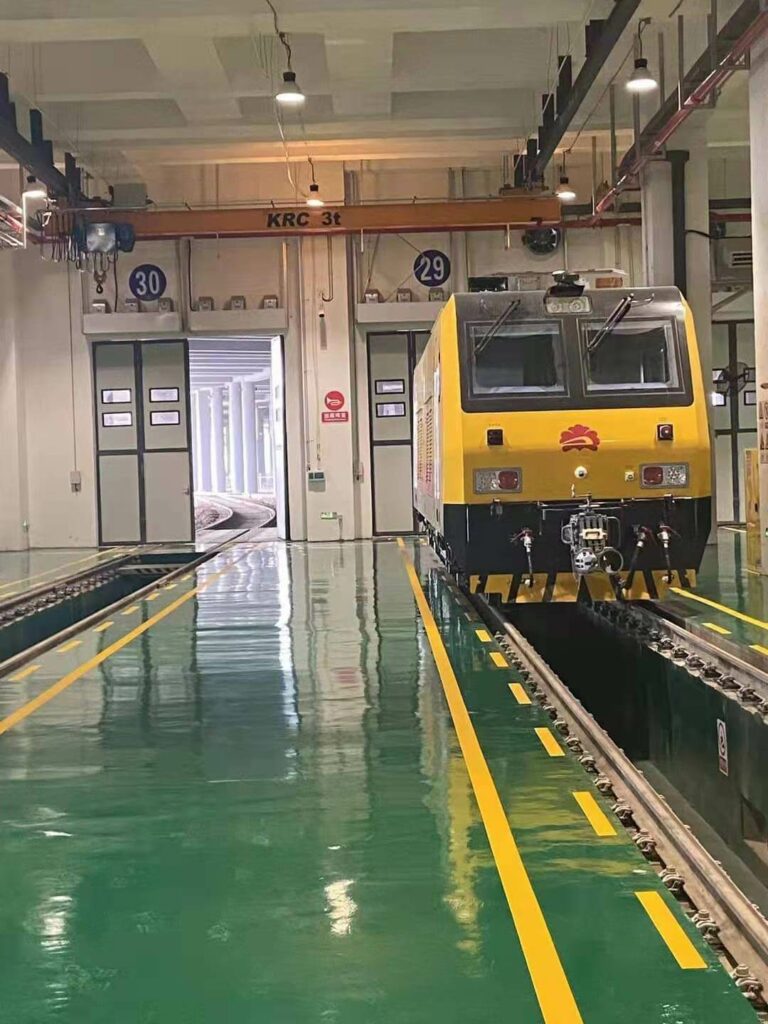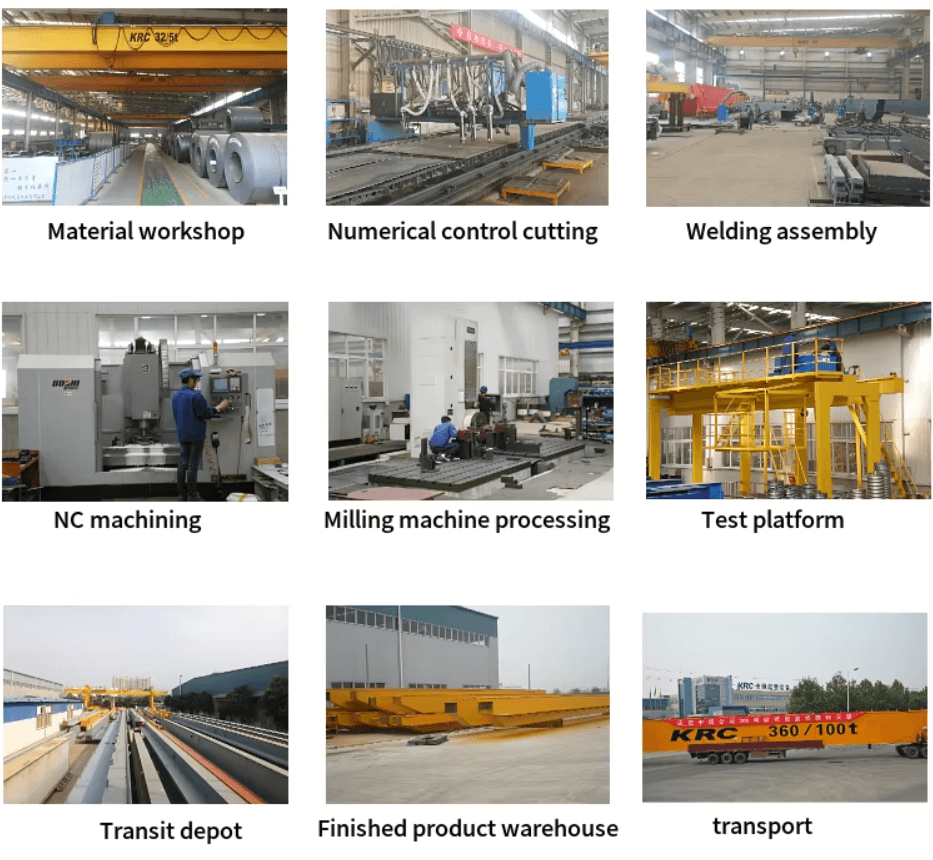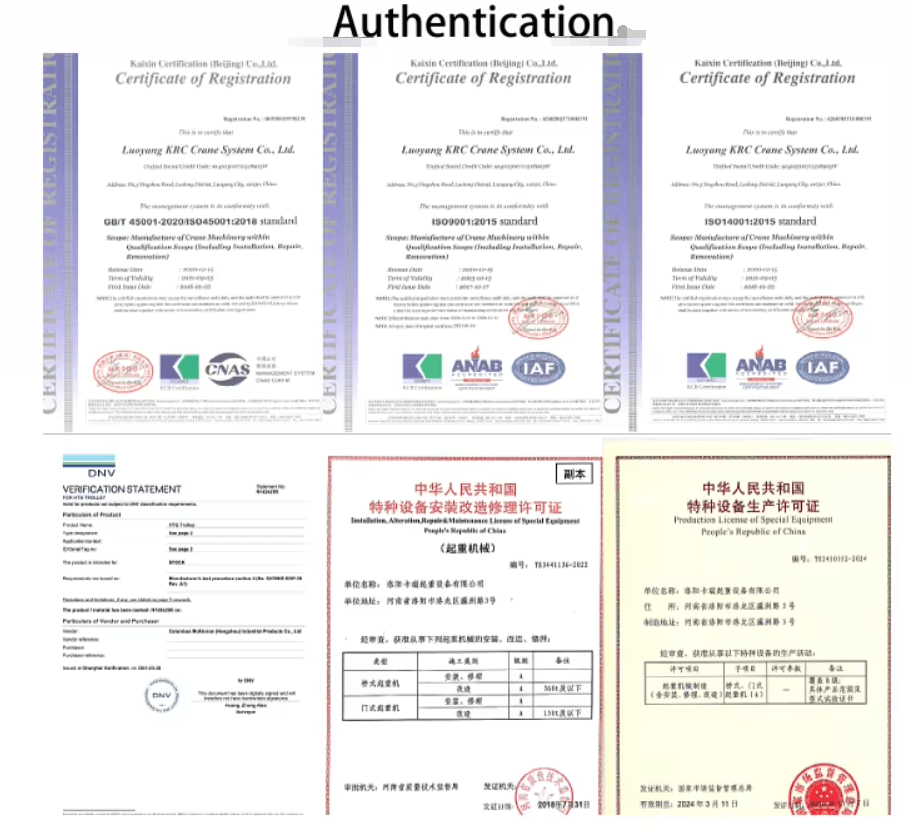Here are some frequently asked questions (FAQs) about rail cranes, covering their types, functions, and common uses:
What is a rail crane?
A rail crane is a type of crane that operates on fixed rail tracks, allowing for efficient movement and precise handling of heavy loads across long distances within a facility or between different facilities.
What are the main types of rail cranes?
The main types include Gantry Cranes, Overhead (Bridge) Cranes, Rail-Mounted Tower Cranes, Portal Cranes, Stacker Cranes, and Rail-Mounted Jib Cranes.
Where are rail cranes typically used?
Rail cranes are used in diverse settings such as manufacturing plants, warehouses, shipyards, construction sites, and port terminals.
What are the advantages of using a rail crane?
Rail cranes offer high efficiency, safety, and precision in handling heavy loads, especially useful in environments requiring repetitive and precise load movements over fixed routes.
Can rail cranes be used outdoors?
Yes, certain types of rail cranes, like gantry and portal cranes, are specifically designed for outdoor use and can withstand various weather conditions.
What factors should be considered when choosing a rail crane?
Factors to consider include the type of load, weight capacity, range of movement required, indoor or outdoor operation, and the specific industrial or logistical needs of the operation.
How do rail cranes improve operational efficiency?
By providing a stable and reliable means to move heavy materials quickly and precisely along predetermined paths, rail cranes minimize handling times and enhance workflow efficiency.
What maintenance is required for rail cranes?
Regular maintenance includes checking the integrity of the rails, ensuring mechanical components such as hoists and trolleys are functioning properly, and verifying that electrical systems are in good working order.
Are rail cranes customizable?
Yes, rail cranes can be customized with various features and specifications to meet the unique demands of different projects, such as varying lifting capacities, spans, and control systems.
What safety features are common on rail cranes?
Common safety features include overload protection, emergency stop systems, anti-collision devices, and systems for monitoring crane movement to ensure safe operation within the designated work area.
These FAQs provide a broad overview of rail cranes, helping potential users understand their functionality, suitability, and operational considerations.

